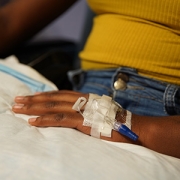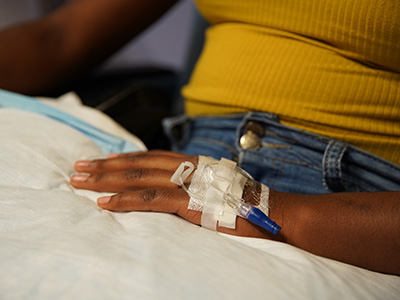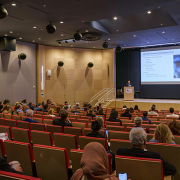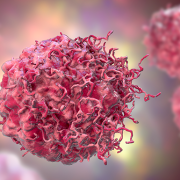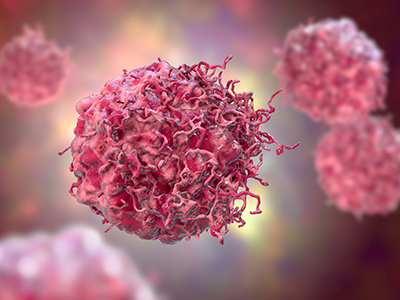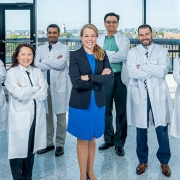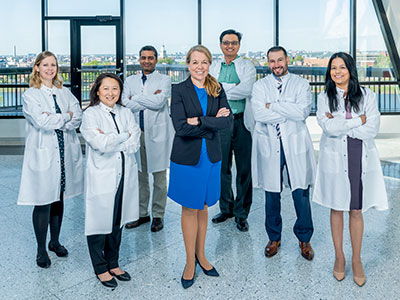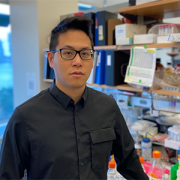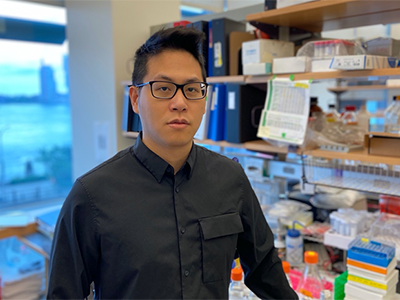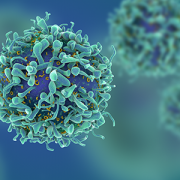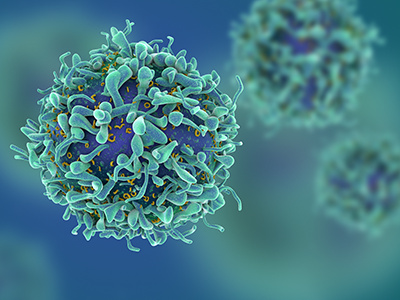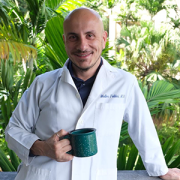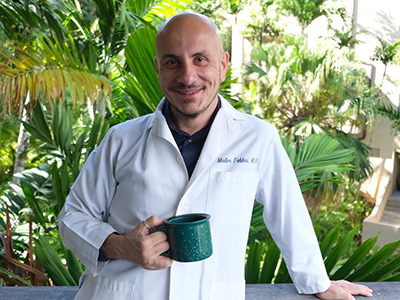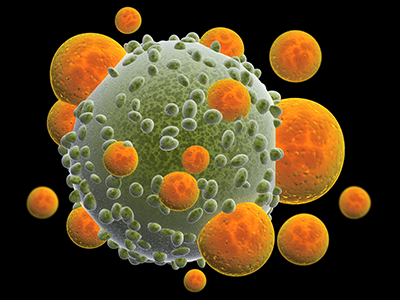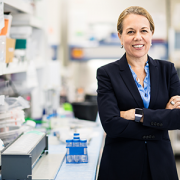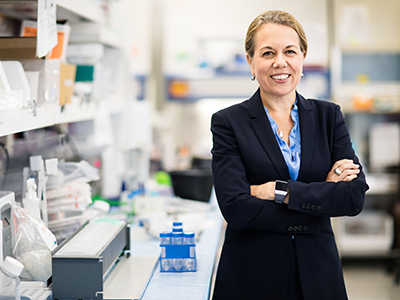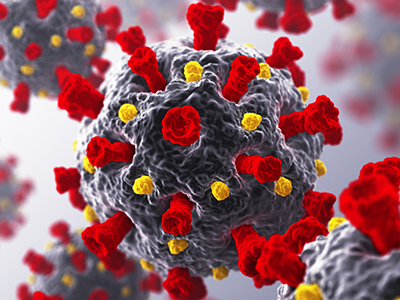Mission critical: Pentagon awards grant to combine two novel brain tumor therapies
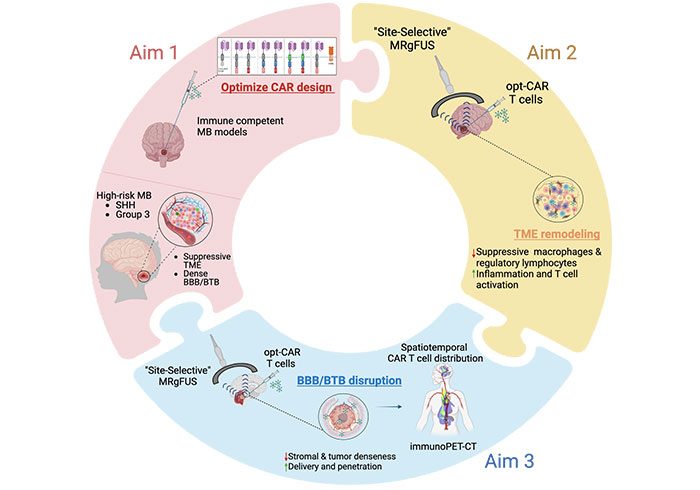 A Children’s National Hospital researcher is embarking on a two-year project that could revolutionize the care of rare pediatric brain tumors, through a Department of Defense (DOD) award to study the efficacy of combining the powers of acoustic therapy and cellular immunotherapy to treat the deadliest forms of medulloblastoma.
A Children’s National Hospital researcher is embarking on a two-year project that could revolutionize the care of rare pediatric brain tumors, through a Department of Defense (DOD) award to study the efficacy of combining the powers of acoustic therapy and cellular immunotherapy to treat the deadliest forms of medulloblastoma.
Designed by DOD to advance novel innovations that could revolutionize medicine, the prestigious Idea Award supports independent investigators with high-risk, but potentially high-reward, concepts to fill gaps in cancer prevention and treatment. Dalia Haydar, Pharm.D., Ph.D., principal investigator at the Cell Enhancement and Technologies for Immunotherapy Program, believes her first-of-its-kind approach could do just that.
A one-two punch
Dr. Haydar is building on promising research into a novel type of immunotherapy – chimeric antigen receptor (CAR) T-cell therapy – which uses the body’s own immune system to target and destroy pediatric brain tumors. She hopes to combine the potential of this immunotherapy with the early success seen in an acoustic therapy, called low-intensity focused ultrasound (LIFU). Akin to the imaging technology used during pregnancy, the sound waves can be directed toward any organ of the body for therapeutic reasons. With LIFU, Dr. Haydar hopes to tune the right amount of energy toward a brain tumor to temporarily open the blood-brain barrier and improve the delivery of therapeutics.
“We’re using two treatments that are tested in the clinic. We know how they work individually, but we’re investigating methods to combine the best aspects of both,” Dr. Haydar said. “I hope to use it, not just to open the channels in the blood-brain barrier, but also to cause a certain kind of immune response in the brain, which will help the CAR T-cells fight cancer.”
This collaborative grant includes experts in the field, including Yanxin Pei, Ph.D., principal investigator at Children’s National and an expert in medulloblastoma modeling, and Natasha Sheybani, Ph.D., assistant professor at the University of Virginia and a leading figure in the application of focused ultrasound.
Why we’re excited
Dr. Haydar is initially focused on high-risk medulloblastoma, specifically sonic hedgehog and group 3 subtypes, both of which are often fatal with existing chemotherapy and radiation treatments. Even when successful, the standard treatments can lead to life-long developmental side effects. Dr. Haydar hopes to show that the combined treatment improves survivorship, and she anticipates expanding her work to other types of pediatric brain tumors.
The $600,000 award shows the importance of well-resourced research institutions uniquely focused on pediatrics. Dr. Haydar noted that Children’s National is one of few research hospitals in the country with the necessary laboratory and ultrasound equipment on-site to develop a customizable treatment protocol. “We’re not just proposing to test this as a science project,” she said. “We’re proposing something that we can very well translate into the clinic and into a new approach for pediatric cancer patients.”
What we hope to discover
Through congressional funding, the Defense Department – one of the largest providers of pediatric healthcare for U.S. children – looks for opportunities to support the needs of military personnel and their dependents. Much of Dr. Haydar’s work will focus on determining safety and optimizing the delivery of the two treatments.
“You have to find the ideal timeline,” Dr. Haydar said. “Which therapy do you do first? How much spacing is best between them, and when do you repeat the therapy? What is the best dosing? It’s a puzzle, and I am hoping to solve it to give children with these often-fatal diagnoses a longer life – and a better one than existing treatments provide.”



